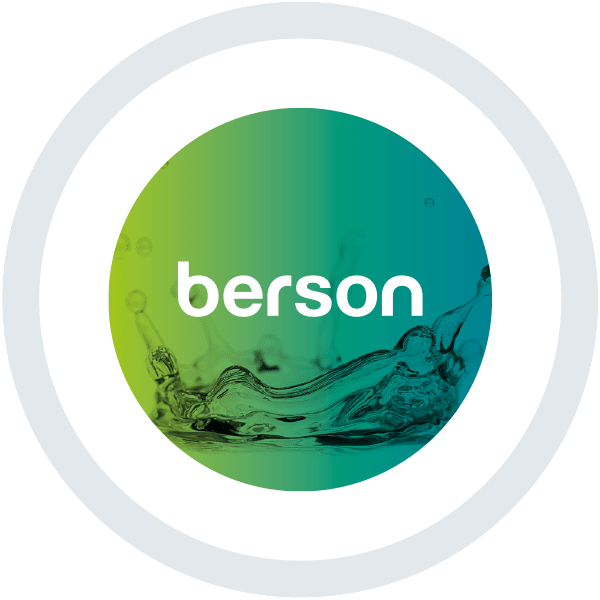Reuse Water: What it is and Why it matters
Growing human population, urbanization, expanding agricultural production, and climate change have created large water demands beyond local + regional supply capacity, especially in undeveloped and developing nations. Consequently, treated wastewater is being indirectly reused globally to replenish the fast depleting ponds, rivers and lakes that serve as the source of our drinking water. According to Bluefield Research (2015) estimates, by 2025, municipal utilities’ wastewater reuse would increase by 61% and 94% of reuse activity would be seen in nine states.
(This is Part 1 of a three-part series on Reclaimed Water. Part 2 of the series will shed some light on Direct Potable Reuse of water and Part 3 will look at Indirect Potable Reuse of water.)
By Saumya Garg

The need for water reuse can be especially lucrative under the following circumstances:
- When water supply is strained due to climate related stress or due to excessive water usage
- When water quality drops due to pollution from runoff, contaminants or seasonal disruptions
- When regulations limit groundwater withdrawals
- When regulations make it too expensive to release wastewater discharges into surface water
Reclaimed water results from the advanced treatment of municipal effluents using processes such as ENR with tertiary filters, micro or ultra filtration, nano or reverse osmosis, or biological filtration before UV or chemical disinfection. This treated water can either be released to drinking water reservoirs in the environment (Indirect Potable Reuse) or be directly blended into the drinking water distribution system, pre- or post-treatment (Direct Potable Reuse).
Although no specific federal guidelines regulate potable reuse, reclaimed water must safely satisfy drinking water requirements EPA set up in the Safe Drinking Water Act (SDWA). After the wastewater treatment, several microbial and chemical constituents remain that need to be treated before it is made available for drinking. As a result, advanced treatment of wastewater effluents is an essential step before the water is reused in any form (IPR or DPR).
Most IPR projects involve either Soil Aquifer Treatment (SAT) or Advanced Wastewater Treatment (AWT). DPR projects, however, do not rely on SAT and instead utilize advanced treatment of water. In full advanced treatment, essential pretreatment steps involve the expensive processes of MF/UF as well as AOP (Advanced Oxidation Processes) or NF/RO before disinfection. In general, the costs associated with any reuse water project include:
- Capital costs, such as structural, civil, electrical, instrumentation and controls, other support systems, off-site costs (for transmission of source and treated water), etc. Microfiltration and RO account for the largest component of capital costs.
- Operations & Maintenance Costs, include fixed costs, such as labor, equipment repair and maintenance, membrane replacement, etc.; and variable costs such as costs for chemicals, power, UV lamp replacement, cartridge filter replacement, concentrate disposal, etc.
- Cost of Water is typically between $2.8 to $4.1 per thousand gallons for a 10 MGD (million gallons per day) IPR facility (US EPA). According to a 2014 WateReuse Research Foundation (WRRF) study, plants that involve non-membrane based treatment have the lowest costs. These plants also display economies of scale at higher flows (>20 MGD). Further, handling and disposal of RO concentrates roughly doubles the cost of operating a full advanced treatment plant.
Overall, the costs associated with a reused water project depend on several factors such as the type of application, cost of source water, treatment technologies used, plant facilities constructed, annual water production, operational costs (power, labor, chemical), etc.
It’s evident then that non-membrane based treatment processes may be more cost efficient overall and should be given primary consideration when planning a project.
Further Reading:
- US EPA 2017 Potable Reuse Compendium. https://www.epa.gov/sites/production/files/2018-01/documents/potablereusecompendium_3.pdf
- https://apps.who.int/iris/bitstream/handle/10665/258715/9789241512770-eng.pdf
- https://www.sciencedirect.com/science/article/pii/S2590252019300157
- Bluefield Research. 2015. U.S. Municipal Wastewater & Reuse: Market Trends, Opportunities, and Forecasts, 2015-2025. Advanced Water Treatment & Desalination Insight Service, Analyst Presentations, Insight Reports, Knowledge Center. US & Canada Insight Service.
- WateReuse Research Foundation (WRRF).2014d. Fit for Purpose Water: The Cost of Overtreating Reclaimed Water. WRRF 10-01. WRRF and Bureau of Reclamation. Alexandria, VA









